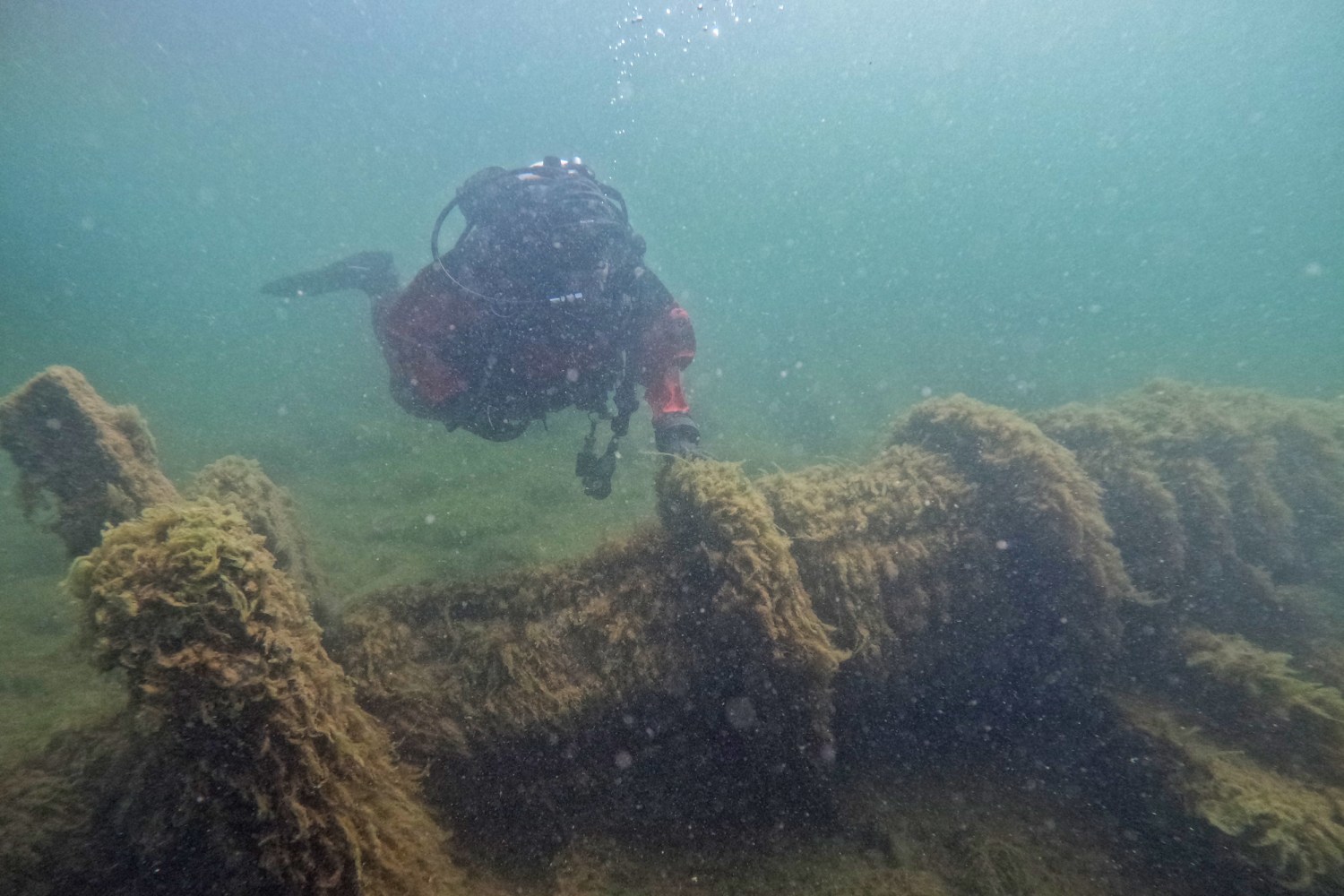During a test flight, SpaceX’s Starship experienced significant control problems, drawing attention from both space enthusiasts and industry experts. This event highlights the fundamental difficulties in developing advanced space vehicles, even for a company with extensive experience like SpaceX.
The test flight was part of a series of evaluations aimed at refining the spacecraft’s capabilities and ensuring its readiness for future missions. Engineers and technicians at SpaceX work diligently to push the boundaries of aerospace technology, and each test provides invaluable data, even when challenges arise.
During the flight, observers noted that the Starship began to spin uncontrollably, prompting immediate concerns regarding its stability and safety measures. While such occurrences can be alarming, they are not entirely uncommon in the realm of experimental aerospace engineering. The feedback gathered from these tests is crucial for enhancing the design and operational protocols of the spacecraft.
SpaceX is recognized for its capability to gain insights from its experimental launches, leveraging each hurdle to propel technological advancements. The ongoing loop of testing, assessing, and improving is vital to furthering the company’s ambition of making space travel more accessible and eco-friendly.
Following the event, SpaceX crews are expected to conduct a thorough review to understand the factors contributing to the control difficulties. This assessment will likely involve examining telemetry information, system diagnostics, and other performance metrics. By identifying the root cause, engineers can implement necessary adjustments to prevent comparable occurrences in future trials.
The Starship program is vital for SpaceX’s long-term goals, including missions to Mars and further destinations. As the company works to establish a human presence on other planets, ensuring the reliability and safety of its spacecraft becomes increasingly important. Each test flight, whether a success or a failure, plays a crucial role in progressing towards these ambitious objectives.
The aviation industry keeps supporting SpaceX’s efforts, recognizing the complexities involved in pushing the boundaries of technology. The challenges faced during test flights underscore the natural unpredictability of pioneering new paths.
As SpaceX works on improving its Starship design, insights gained from this recent occurrence are likely to influence the spacecraft’s future iterations. The commitment to advancement, coupled with a willingness to learn from challenges, positions SpaceX as a leader in the ever-evolving field of space exploration.
In conclusion, while the recent test flight of the Starship did not go as planned, it serves as a valuable learning opportunity for SpaceX. The company’s resilience and determination to overcome challenges will undoubtedly contribute to its success in achieving longer-term goals in space travel. As the journey continues, all eyes will be on SpaceX as it navigates the complexities of developing the next generation of space vehicles.




